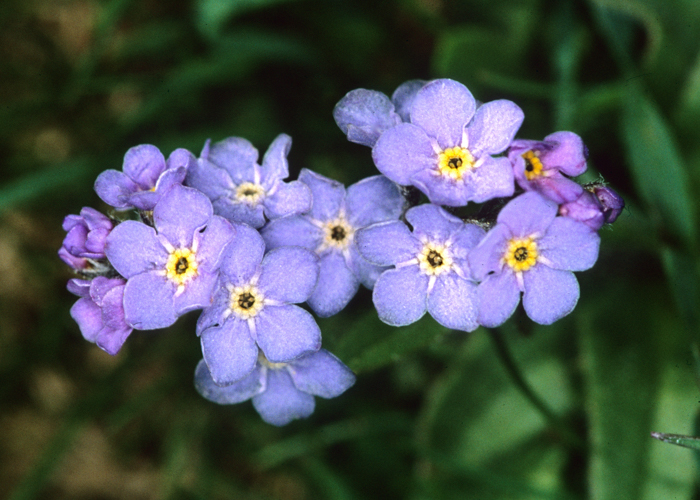Sep 27 2019
Temperature and moisture availability are factors which influence the distribution patterns of all organisms on earth. In the mountains, both of these environmental characteristics tend to have a strong inverse correlation with elevation: increasing as altitude declines. Species that can live in high-altitude Alpine regions are necessarily adapted to survive cold and dry conditions, but often cannot endure (or compete effectively) when the environment is warmer or wetter.
This is one reason that Climate Change is expected to force many alpine specialists to migrate to higher elevations as overall global temperatures and precipitation patterns continue to increase. Such changes to species distributions in response to warming patterns from 1900 to 2003 have already been observed in plants such as Alpine Forget-Me-Not (Myosotis alpinus), shown here by a specimen collected on the summit of a mountain in Idaho.
While providing temporary refuge, up-slope movement for species adapted to colder and dryer Alpine conditions faces obvious future limitations. Available land surface area tends to shrink as elevation increases due to the shape of many of the world’s mountain ranges. Then ultimately, upon reaching the summit, there is nowhere left to run.



